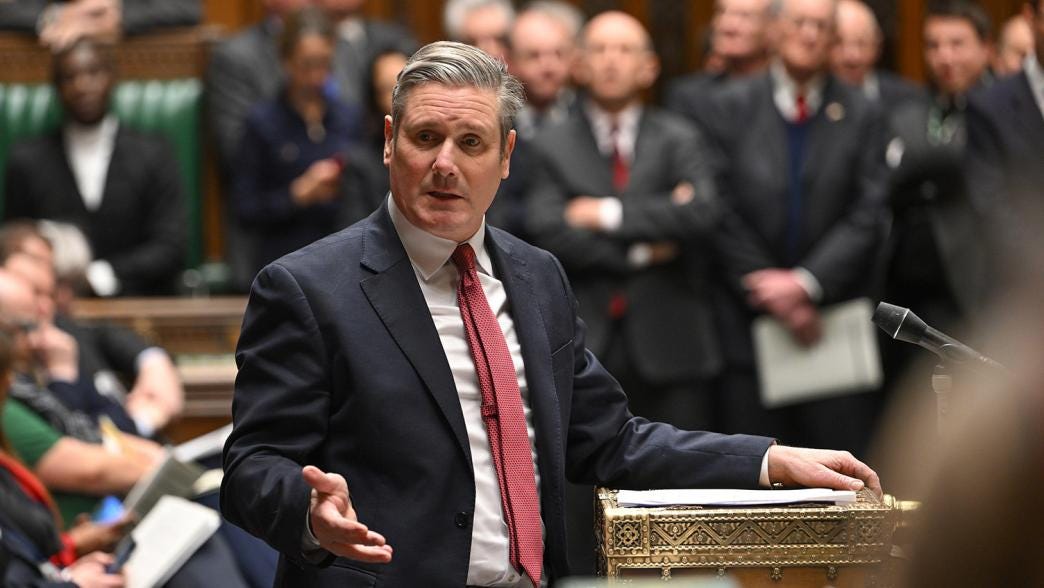How much trouble is Starmer in?
Labour's next year in government and beyond
The recent spate of opinion pieces on Labour’s first year in government all came to a similar conclusion: they don’t have a clear story about what they are trying to do. There is no “big overarching narrative”. Commentators also agreed that the blame for this ultimately lies with Keir Starmer, a man who struggles with any kind of big picture thinking.
This is all true as far it goes – I’ve been worrying about Starmer’s lack of interest in strategy since before the election. Polling is unequivocal that the public don’t know what Labour stands for. When More in Common asked people to name the government’s biggest achievement, most said “nothing”. Their approval rating is a painful 13%, already as low as the Tories in their final year.
But it’s easy to say the government need a big overarching story that would appeal to the public. It’s much harder to say what it should be. They face constraints in every direction.
The fiscal situation is dire, and would be even if Labour hadn’t made their lives harder by pledging not to raise the major taxes. Yet the public are not receptive to being warned of more hard times, after 15 years of tight spending and minimal growth in living standards. There is nothing equivalent to TV images of rioting in Greece, or bankers carrying boxes out of Lehman Brothers, to support a “we’re all in this together” crisis narrative.1 Without a sense of crisis, though, cuts to entitlements like the winter fuel allowance and disability benefits appear to come out of nowhere with little justification.
Growth is imperative but the government has few levers, and the ones they are pulling on housing, infrastructure and planning, won’t produce results for years. Meanwhile Trump’s interventions in the global economy are pushing in the other direction. In any case growth is too abstract a concept for a popular narrative. A large group of backbenchers have set up a “cost of living” group to try and focus policy and messaging on more concrete daily costs, but again, without money to spend, or rising GDP, there’s a limit to what can be done.
There’s a submerged narrative of economic populism that could be shouted about more – a higher minimum wage, renter’s rights, worker’s rights, taxes on non-doms and private schools – but rhetorically this has been played down for fear of upsetting businesses and in practice some of these policies are working against growth and may need to be revised.
Unlike parties on the right, Labour can’t take refuge in a narrative based around social conservatism, blaming immigrants and welfare recipients for our woes. Attempts to nod in this direction have led to an inevitable backlash from MPs and members. But they daren’t risk a defiantly liberal agenda either for fear of upsetting 2024 Labour voters attracted to Reform. A party confronted by threats from left and right in different geographical areas was always likely to find itself disagreeing on such matters, leaving the leadership little room for manoeuvre.
Even if Starmer had the political abilities of a 1990s Blair or Clinton, Downing Street was a lot more functional, and policy development was improved, it’s not obvious what the government story would be. But that doesn’t mean MPs aren’t starting to think they might be better off with a different leader who at least tried to give more direction. The PM is not in any imminent danger, and Labour aren’t the Tories, but there’s a lot of frustration and an even more challenging year coming up.
So in the rest of this post I’m going to look at the dangers of year two and why it’s now realistic to imagine Starmer being replaced next year. And then I’ll consider whether there is a more positive future for him and the government and how this could come about.
Keep reading with a 7-day free trial
Subscribe to Comment is Freed to keep reading this post and get 7 days of free access to the full post archives.


